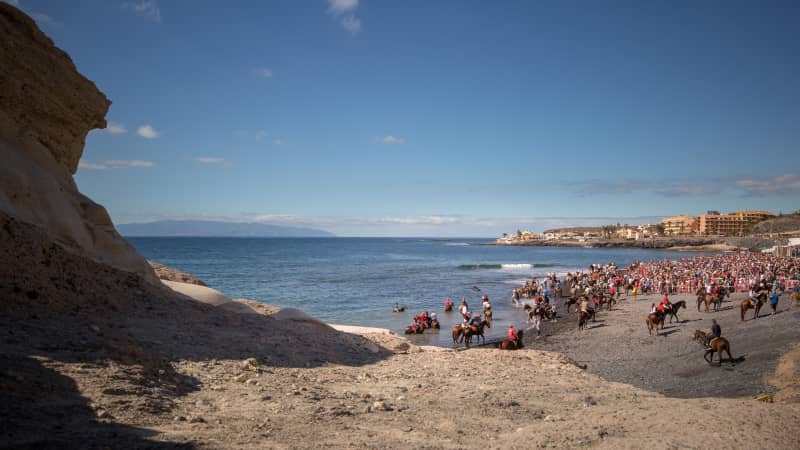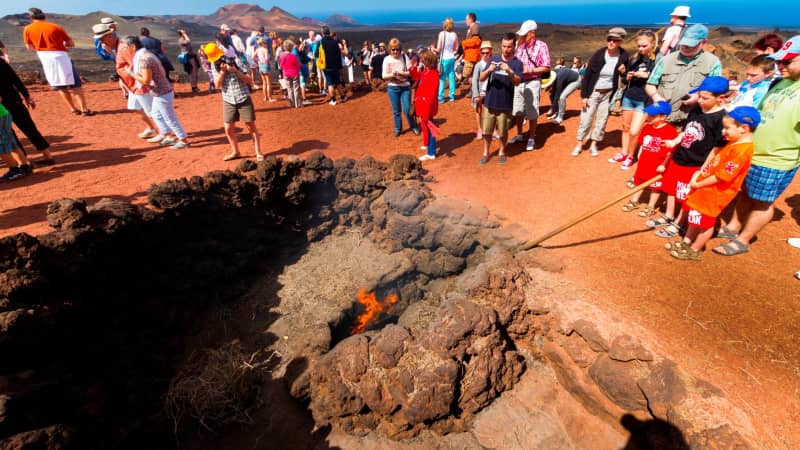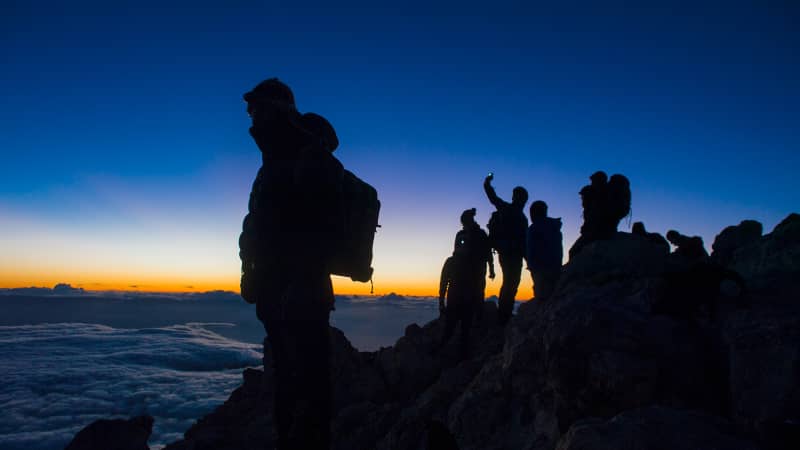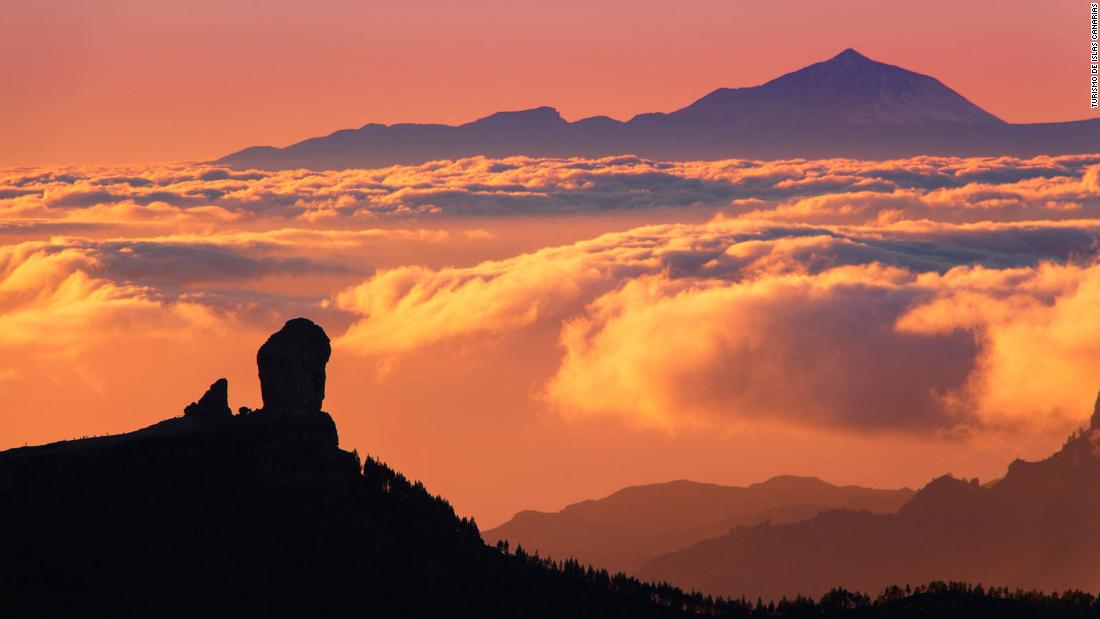Products You May Like
Tenerife, Spain (CNN) — Pristine beaches frame the Canary Islands in multicolored sand as the Spanish archipelago sweeps seaward from Africa’s Atlantic coast.
Those sunny beaches draw a year-round crowd seeking warm escapes at all-inclusive hotels, which have earned the Canaries a reputation for mass-market tourism.

Men ride their horses at the Enramada beach during a celebration on Tenerife.
Desiree Martin/AFP/Getty Images
“The islands are really diverse,” Kelly tells CNN Travel. “They’ve got amazing sunrises, laurel forests, fantastic coastal trails and volcanoes. The adventure side of things is definitely growing.”
Those adventurous possibilities are spread across an arc of eight main islands whose landscapes range from forest-clad mountains to bare volcanic rock.
Dominating the island of Tenerife, the active Teide volcano juts from a skirt of clouds and mist, with a profile that dives more than 12,000 feet from the summit to the nearby coastline.
On the desert isles of Lanzarote and Fuerteventura, trade winds keep paragliders and kite boarders aloft, while a maze of trails winds through prehistoric forest on La Gomera.
For travelers ready to venture beyond resorts, the Canary Islands offer a lifetime of active adventures — here’s where to start.
Hike an explosive landscape

Geothermal energy powers barbecues at the Timanfaya National Park at Lanzarote.
Getty Images
These islands were forged in fiery geologic activity millions of years ago, and traces of that volcanic past are seared into the scenery.
Visitors can drive into the park’s Montañas del Fuego, or Mountains of Fire, a lava landscape created by a series of eruptions in the 18th century.
Harness the wind and waves

These paragliders are taking in the views in Playa de la Canteria.
Getty Images
Some of the earliest trans-Atlantic voyagers, including Christopher Columbus, made the Canary Islands a stopover on their way across the sea.
The windiest islands are Lanzarote and Fuerteventura, which have become pilgrimage places for adventure sports driven by ocean swells and incoming breezes.
And on neighboring Fuerteventura, waves along the northern coast draw a laid-back crowd of surfers from around the world.
But this island’s complex coast is pocked by coves and headlands, allowing experienced surfers to pick the perfect spot for each day’s swell.
Explore a prehistoric forest

Spot these laurel trees covered in moss in Garajonay National Park, Gomera, Canary Islands, Spain.
Getty Images
Glossy leaves and moss-furred trunks form green tunnels through the Canary Islands’ laurel forest, a subtropical ecosystem of evergreen broadleaf trees that thrive in the moist sea air.
Peer into another galaxy

Stargazers regularly have nighttime viewing parties in Teide National Park.
Turismo de Islas Canarias
And while the tiny island of El Hierro isn’t designated a Starlight Reserve, it’s still a magnificent place to watch the skies.
How to visit the Canary Islands
Ruled by Spain since the 15th century, the Canary Islands are geographically closer to Africa than Europe. (The Moroccan coast is just 52 nautical miles from the island of Fuerteventura.)
When visiting the Canary Islands from the United States, most itineraries make a stopover in mainland Europe. With the exception of tiny La Graciosa, which joined the archipelago in 2018, each of the Canary Islands has an airport.

